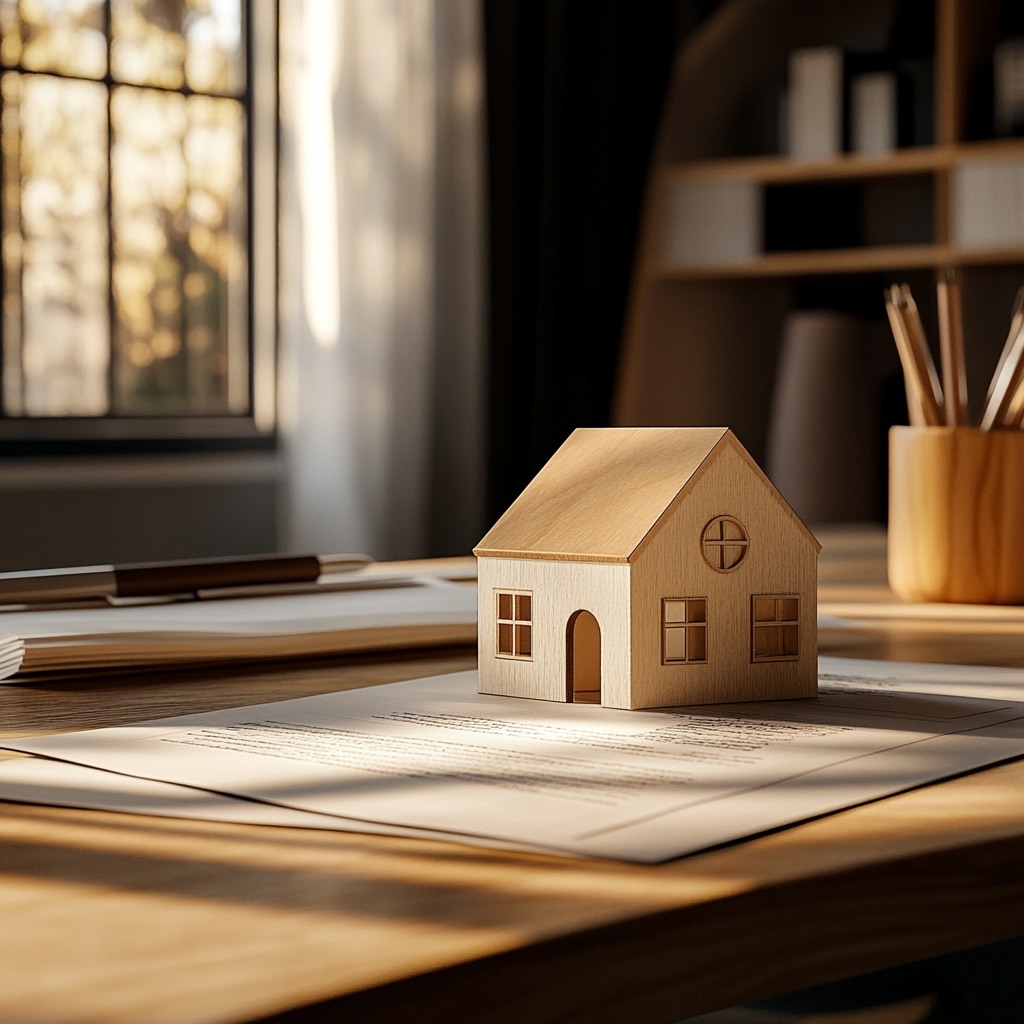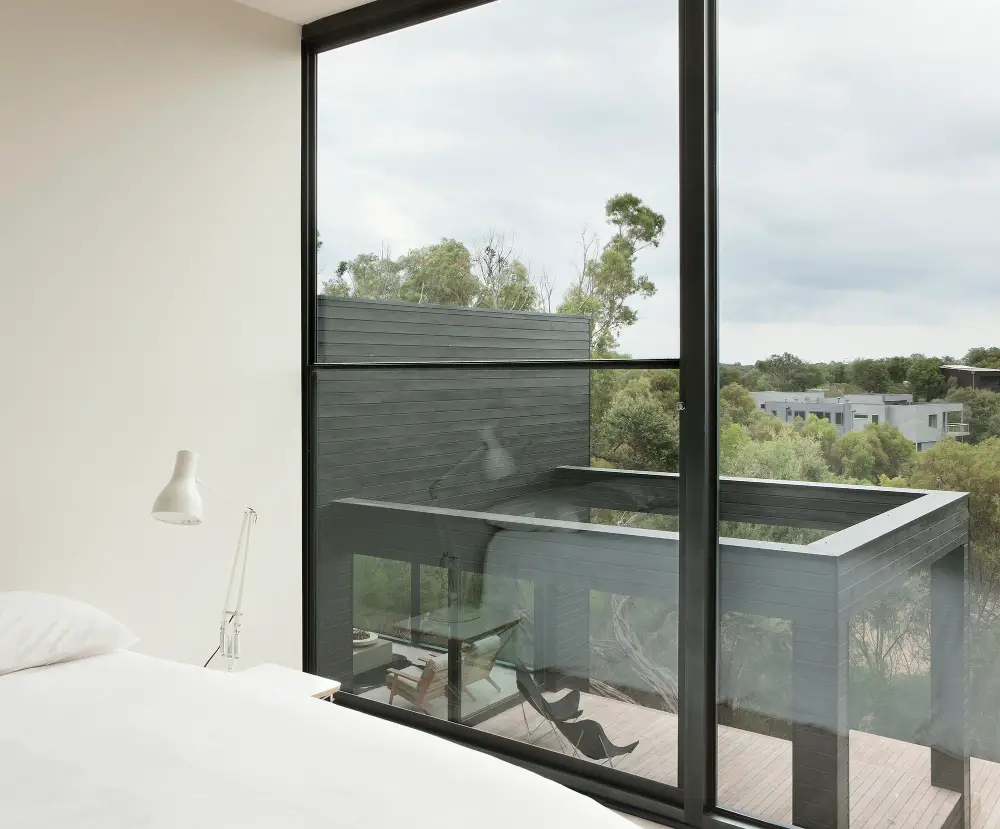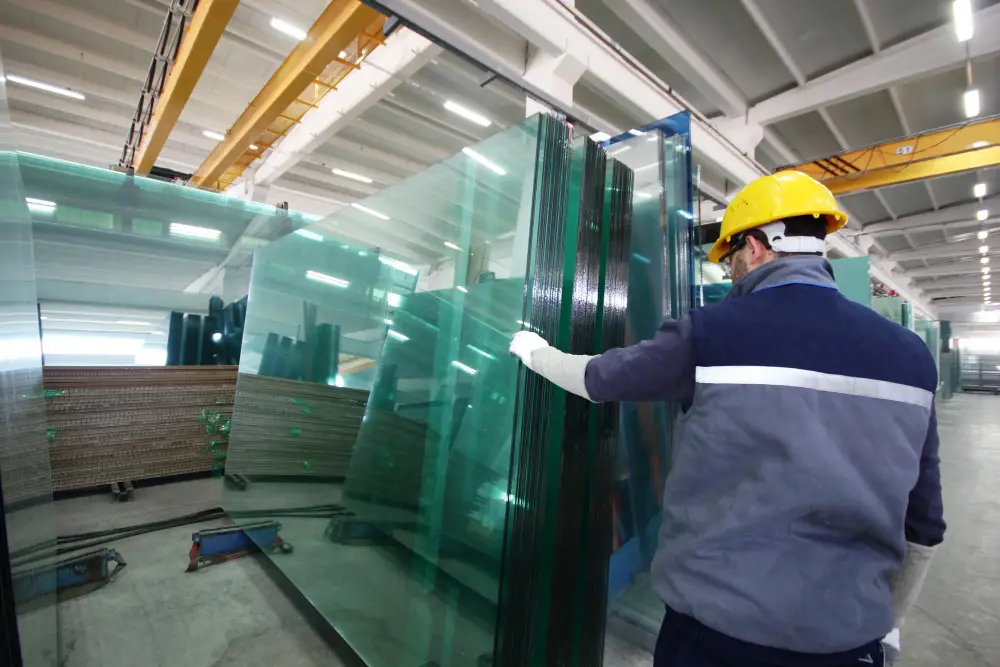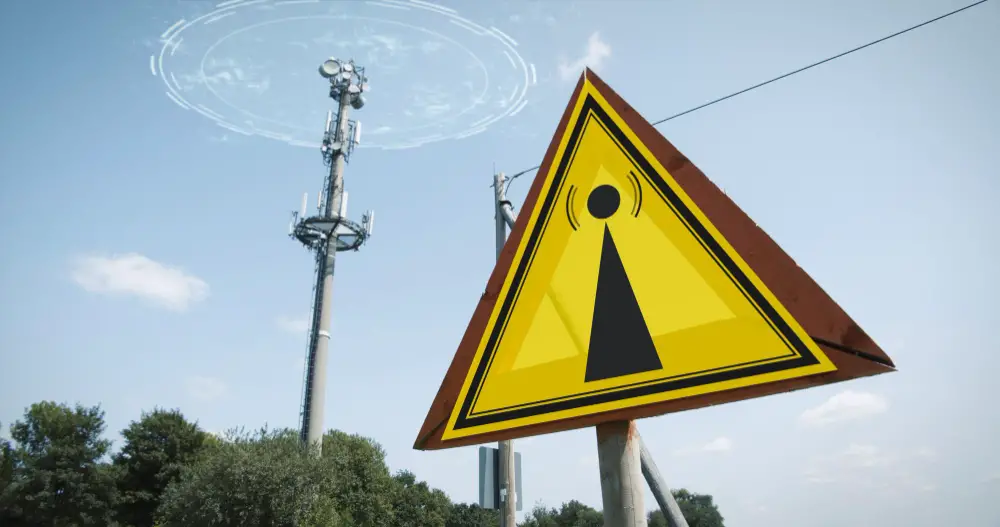A sound, functional roof is the guardian of a home, shielding it from the relentless elements. However, even the sturdiest structures can falter. A leaky roof isn’t just a costly inconvenience; it can lead to serious problems, from compromised insulation to mold growth.
Therefore, understanding what might be causing that telltale drip is crucial. But fear not; we’re here to guide you through the common causes of roof leaks and how to address them, ensuring your home stays dry and secure.
Improper Roof Installation
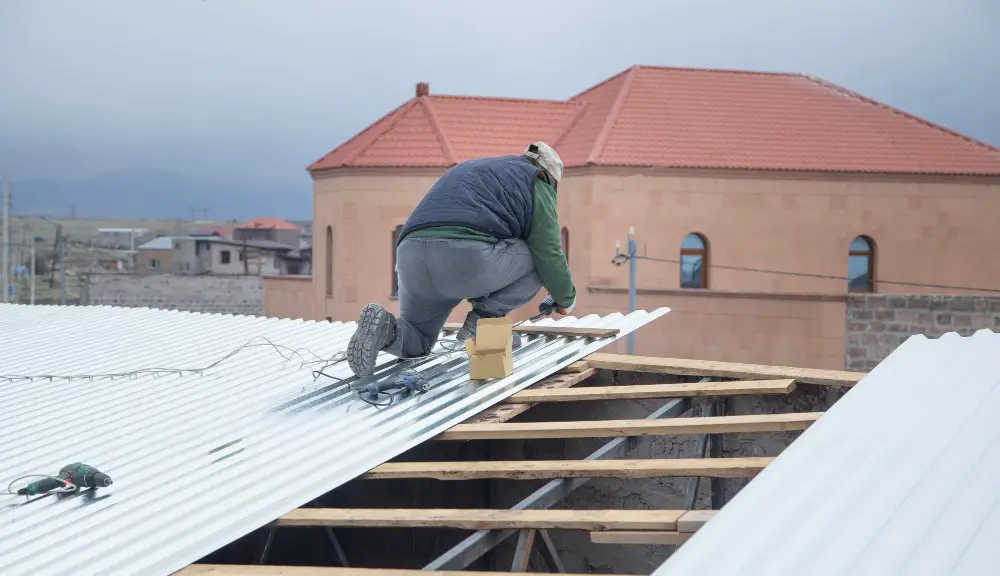
Improper roof installation is a significant factor that can lead to leaks and diminish the longevity of your roof. An incorrectly installed roof fails to offer the seamless protection needed, allowing water to seep through gaps and imperfections. This issue often stems from inexperienced contractors, inadequate materials, or both.
To ensure your roof is installed correctly, consider using roof sealant as an extra layer of protection. You can read more about roof sealant options to find the best one for your home. Additionally, hiring a reputable and experienced contractor who uses high-quality materials and follows industry best practices is essential.
Damaged or Missing Shingles
Damaged or missing shingles are amongst the most common culprits behind roof leaks. Shingles act as the outermost layer of protection for your roof, shielding it from rain, hail, and severe weather. When they’re damaged or missing, it leaves your home vulnerable to water infiltration.
Factors such as extreme weather conditions, aging, or physical damage can lead to shingle problems. It’s important to regularly inspect your roof for signs of shingle damage, such as curling, cracking, or missing pieces. Addressing these issues promptly can prevent water damage and extend the lifespan of your roof.
Clogged Gutters and Downspouts
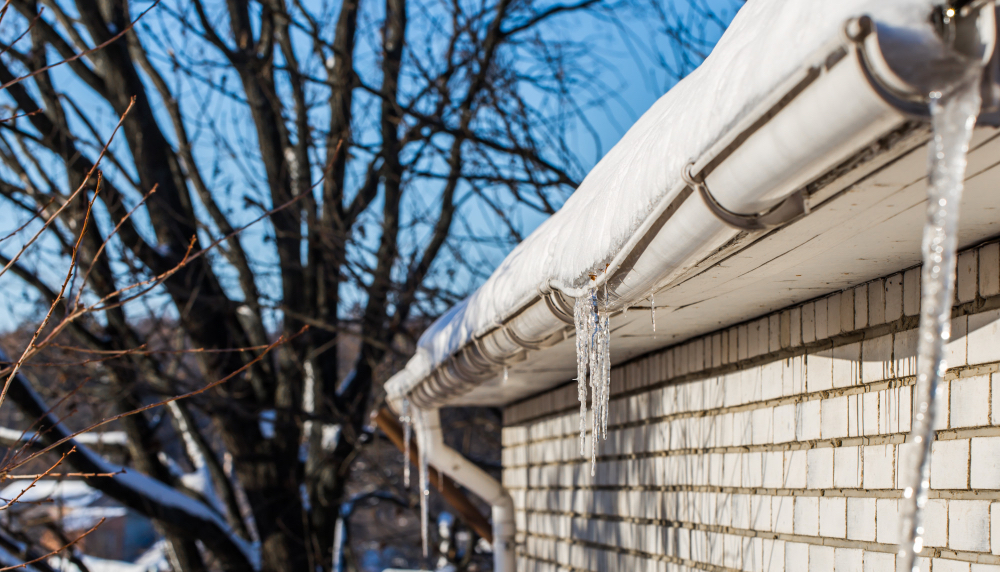
Your gutters and downspouts are crucial in diverting water away from your roof. Water can back up and seep underneath the shingles when they become clogged with leaves, debris, or even ice. This not only causes leaks but also puts added weight and strain on your roof.
Regular cleaning and maintenance of gutters and downspouts are essential to prevent such issues. Ensuring these components are clear allows water to flow freely away from your home, safeguarding your roof and the overall structure. Installing guards on gutters can also be a proactive measure to minimize the accumulation of debris and reduce the frequency of cleanings.
Flashing Issues
Flashing is the thin pieces of metal installed around roof penetrations such as chimneys, vents, and skylights. It creates a barrier between these areas and the shingles, preventing water from seeping through. However, flashing can damage or deteriorate over time due to constant exposure to the elements.
Inspecting your flashing regularly for any signs of wear or damage is crucial. If you notice any issues, it’s best to have a professional replace or repair the flashing to ensure proper protection for your roof. Most flashing issues can be easily prevented by using quality materials and proper installation techniques.
Poor Attic Ventilation
The attic is often overlooked for roof leaks, but poor ventilation can lead to significant issues. Without proper airflow, moisture can build up and cause mold growth, weakening your roof’s structural integrity. It can also lead to ice dams in the winter, which can cause water to back up and leak through the roof.
Ensuring your attic has adequate ventilation is crucial to maintaining a healthy environment and preventing potential leaks. This can be achieved by installing vents, exhaust fans, or a ridge vent system. Consulting with a professional roofing contractor can help determine the best solution for your attic and roof structure.
Condensation
Condensation within your home can be a subtle yet pervasive cause of roof leaks. Due to the temperature differential between the inside and outside of your home, condensation accumulates when warm, humid air comes in contact with a colder surface, like the underside of a roof. This moisture buildup can weaken roofing materials over time, leading to leaks.
To mitigate this issue, it’s essential to ensure proper insulation and ventilation in your attic and roof space. Incorporating vapor barriers and using dehumidifiers can also help control humidity levels inside your home, reducing the potential for condensation. Addressing this factor is crucial for maintaining your roof’s overall health and longevity.
A leaking roof is not a problem you can afford to ignore. By understanding the common causes of roof leaks and knowing how to address them, you can safeguard your home against the extensive damage water can cause.
Remember, whether fixing a small leak or undertaking a larger repair, always prioritize safety and, when in doubt, seek professional help. Stay proactive with your roof maintenance; it will continue to protect your home for years.
Recap
